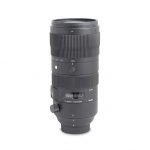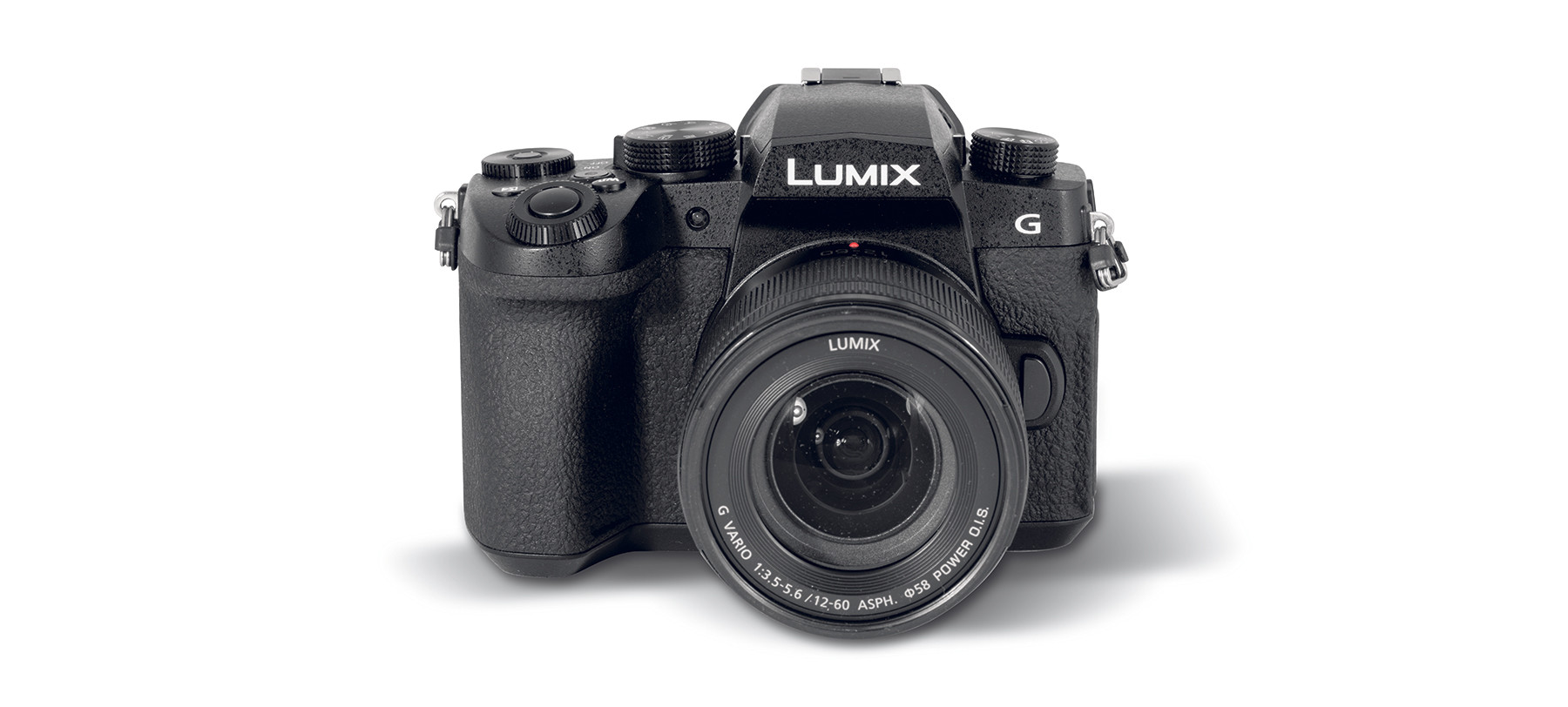
Panasonic Lumix G90 test: Micro Four Thirds, massive potential
Posted on Jul 17, 2019
Panasonic’s latest introduction in the MFT market is a hybrid camera offering a tempting mix of still and video functions and options – it’s attractively priced, too
Panasonic’s recent energies have gone into its full-frame mirrorless S Series and very impressed with it we are, too. Of course, the brand is also seriously committed to the Micro Four Thirds format so it is good to know that Panasonic hasn’t taken its eye off that particular ball.
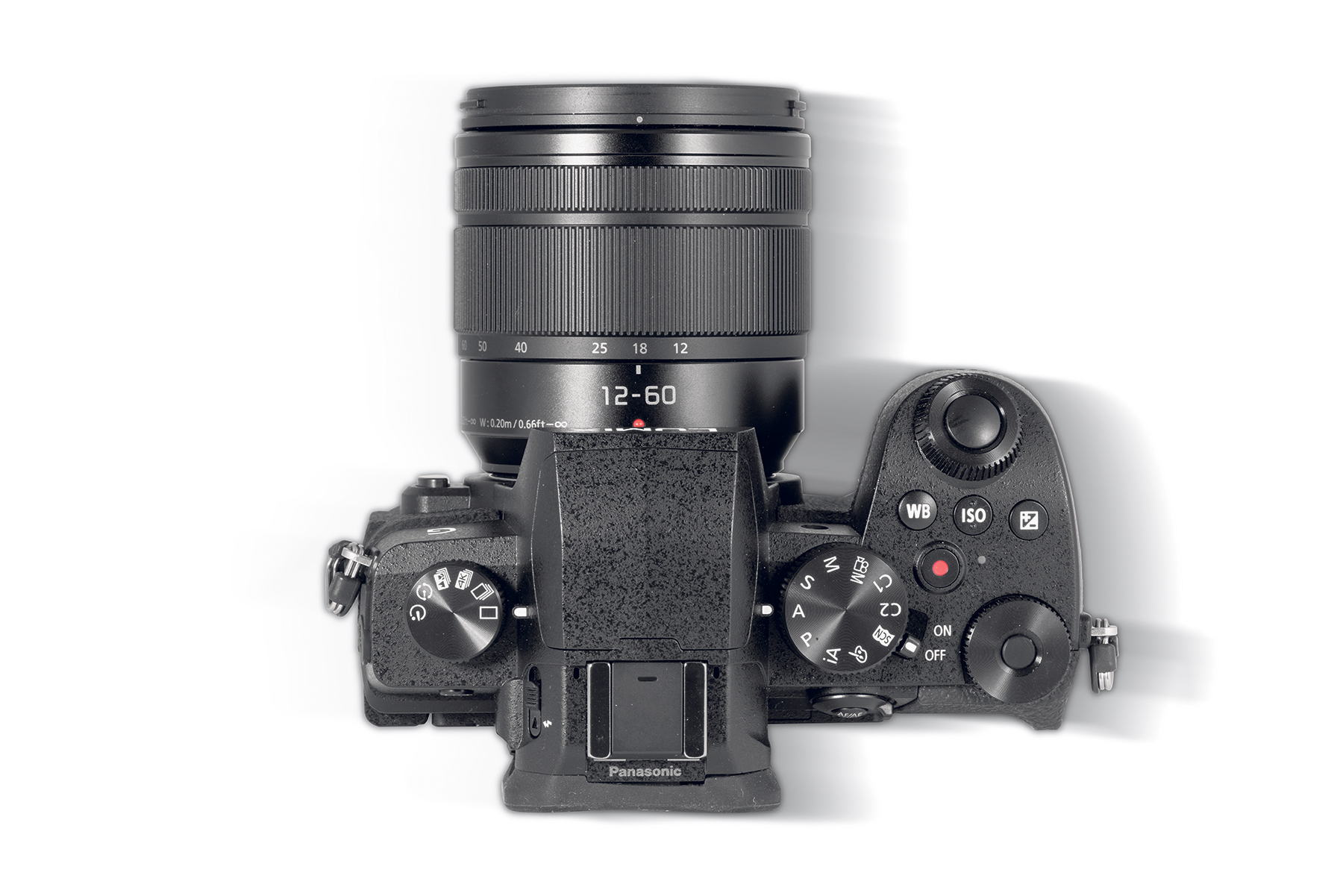
The Lumix G90 is its latest arrival in the MFT market and it has the potential to be a still/video hybrid. It is a mirrorless 20-megapixel camera using a Live MOS sensor and features Panasonic’s latest image stabilisation mode called Dual I.S. 2, which offers a 5EV benefit, 4K video with no limit on recording time (assuming enough memory and battery, of course) and a fully articulating monitor to attract vloggers. That is just the tip of the feature iceberg; the G90 can also shoot at 6fps with AE/AF tracking, has 4K photo features, including focus bracketing and a contrast detect AF system using the brand’s Depth from Defocus (DFD) technology. It also has live view composite capture, too, which will appeal to keen astro shooters among others, because it means brighter, lit areas of the scene do not burn out while you gain more detail in dark areas. In this mode, the camera (in manual mode) takes a series of exposures at set times with its electronic shutter for up to three hours and combines them as it goes along and saves them as a single file. You just watch the image build and stop the exposure when you want to.
For a camera at this price level, the build is impressive and the G90 feels robust in the hands. Then there’s the added benefit of being dust and splash resistant, while the hand-grip is a good size and perfect for my hand.
It’s actually a relatively large MFT camera and significantly bigger than, say, my Olympus OM-D E-M5 Mark II – this is not a criticism and actually a good thing.
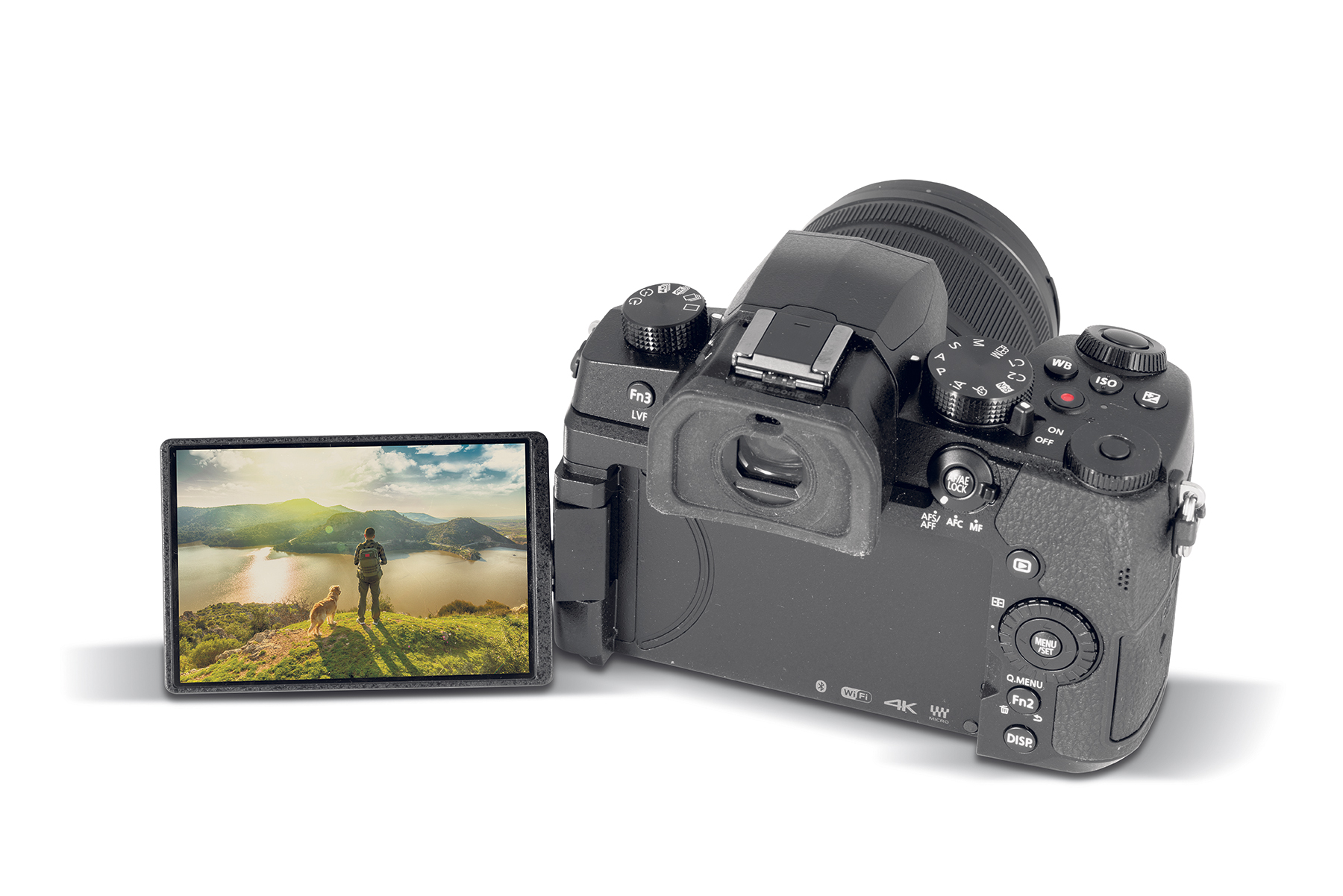
Image The Lumix G90 is perfect for vloggers as the monitor is touch sensitive and swings out sideways and can be swivelled to face forwards
Ergonomics generally rate highly with several shooting operations easily controllable with the right hand. The on/off switch can be operated by the thumb once you get used to it, so the camera can be switched on as it’s brought up to the eye.
Around the shutter button is the front input dial and sitting nearby are three buttons for white-balance, ISO and exposure compensation. The movie record button is nearby, too. All four buttons have different surface finishes, so once you’re used to them, there’s no problem using them by feel while the eye is up to the viewfinder.
The rear command dial is designed for right thumb use and at its centre is the Fn1 button, although it is not marked as such. There are no fewer than 11 function buttons, 1 to 4 then 9, 10 and 11 are physical controls, while 4, 5, 6, 7 and 8 are virtual and sit on the monitor. There is a number of options for each – for capture the minimum is 63 options and the most is 67, which includes restore and off. In playback mode, you get 15 options in Fn1 and Fn3.
The rear panel layout is logical and similar to what you see on most cameras, although there is no focus lever. The back scroll wheel is a four-way control, too; the top, right and left being Fn buttons 9, 10 and 11 respectively. Also on the back is the focus control with the usual AF, continuous AF and manual options and Fn2 is the Q Menu by default.
Generally, handling is very good and there is massive potential for user customisation for a camera at this price level – all you have to do is remember what you assign to each function button.
The menu is pretty thorough in terms of what you can do and it is pretty logically laid out, too. I especially liked the C/spanner layout. Enter this menu and there are five category headings (Exposure, Focus/Release Shutter, Operation etc) and select one of these and you leap straight into the relevant section among the 52 individual menu items under this overall heading.
The monitor is touch sensitive for menu setting and AF point selection and it swings out sideways and can be swivelled to face forwards, so ideal for vloggers. It’s perfect, of course, for waist or low-level shooting, too, or you can fold it facing into the body for the ‘shooting film’ experience.
One thing I found frustrating was with the eye sensor when using the monitor swung out to one side. I’m right handed so by reaching across, I managed to switch from monitor view to EVF without meaning to.
Five-axis image stabilisation is getting to be a common sight in the mirrorless camera landscape and it is an important feature, especially for handheld video shooting. The G90’s Dual I.S. 2 five-axis in-body system works well. Dual I.S. 2 combines in-body sensor shift and in-lens optical stabiliser to give up to 5EV benefit, which is about 1EV better than the original Dual I.S. – existing OIS lenses need a firmware update.
I did test shots using the mechanical shutter and with the supplied 12-60mm zoom at the 60mm with shutter speeds from 1/60sec down to 1/2sec. I was consistently getting sharp stills down to 1/8sec, which is a sound showing.
In video, there’s the option of E-Stabilisation, which aims to correct jitter by using the lens and camera stabilisers, plus an electronic five-axis hybrid image stabiliser. The technology worked impressively – the image remained reasonably steady even while walking slowly.
 Image A twilight exposure taken on the Lumix G90 using an exposure of 10secs at f/5.6 at ISO 200, using live view composite mode
Image A twilight exposure taken on the Lumix G90 using an exposure of 10secs at f/5.6 at ISO 200, using live view composite mode
Shooting 4K does mean a significant image crop, so you should be aware of that. As a guide with the 12-60mm zoom, a still image at 18mm gives roughly the same image view as 12mm on video. Shoot Full HD and there’s no crop.
The Lumix G90 features Panasonic’s V-log L that is capable of handling a contrast range of up to 12EV and gives a flatter, more detailed image for colour grading. It is a feature used by the serious video users among us and enhances the G90’s hybrid qualities.
Panasonic was really the first to popularise 4K burst shooting to benefit stills shooters and it is available in many of its models.
With the mode set, just press and hold down the shutter release and the camera takes a series of 30 images in one second. You don’t get full resolution images but they are still eight megapixels – images measure 3328×2496 pixels – but burst shooting means you stand a great chance of capturing that special fleeting moment.

Image JPEG taken with the in-camera monochrome mode
The G90 has three 4K burst modes. Standard 4K Burst helps you capture fast-moving subjects and you just keep your finger on the shutter button for as long as you want to cover the period of action. 4K Burst S/S helps you capture unpredictable moments and here you press the shutter button to start recording and press it again to stop. In this setting, you can add markers (by using Fn2) to help you go back to the shots you want. Finally, there is 4K Pre-Burst where you can partially depress the shutter button and images are taken, but not written to card until you press the shutter button down fully and then you get images taken in the previous one second.
For burst shooting, you need a fast UHS Speed Class 3 card and the camera can get warm if you do a lot of it. Battery life is also impacted. The other possible issue is that, because an electronic shutter is used, subjects moving fast horizontally may be distorted or you may get banding across the image under fluorescent lighting.
Bursts can be checked in-camera and the images you want saved as separate JPEG files. However, this does take up time and battery power. Or you can save a five- second burst as separate files with 4K Photo bulk saving.
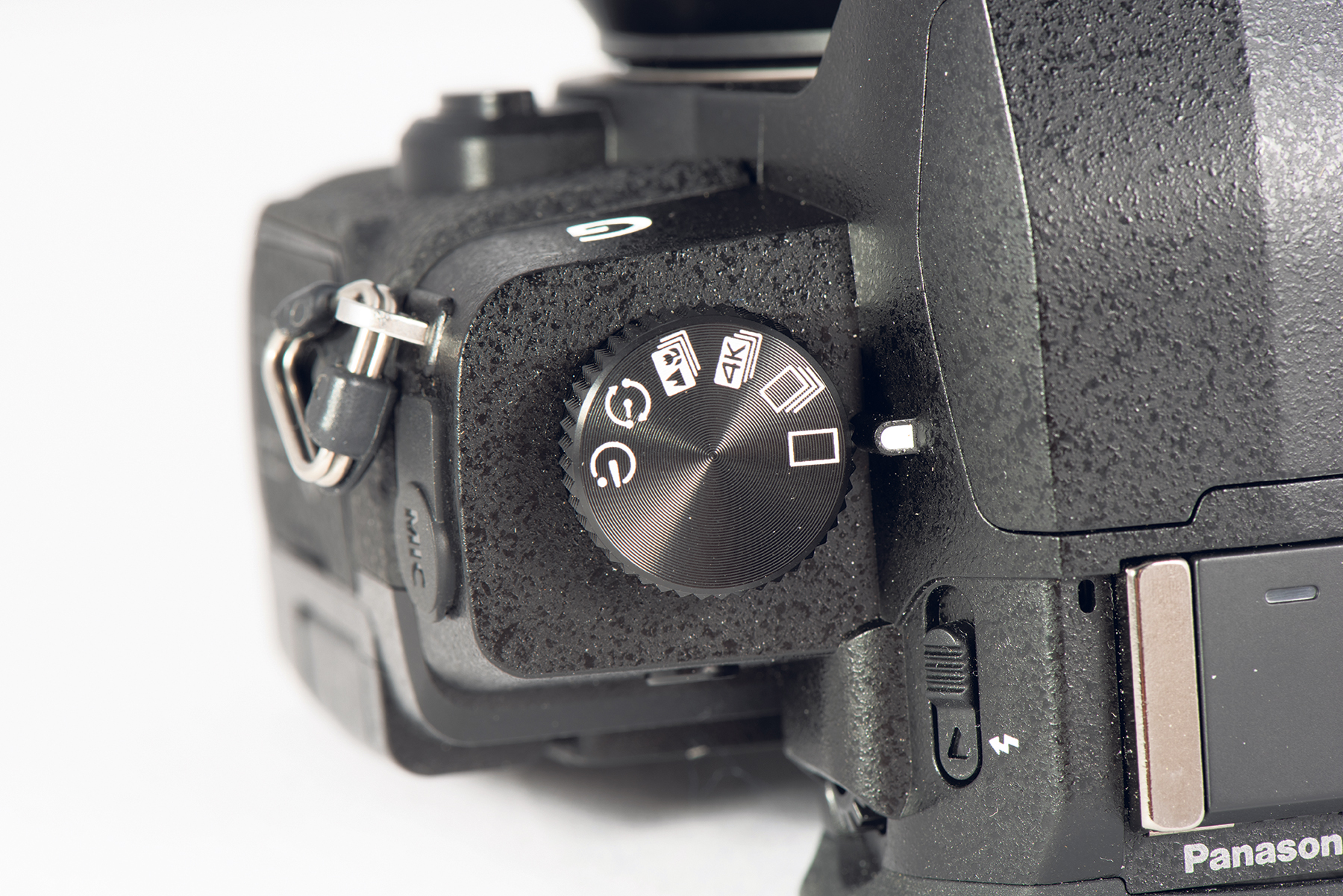
If you prefer, 4K bursts can be uploaded to the computer and there it will be treated as an MP4 motion picture file. In Lightroom, you can scroll through the burst and then export the frame you want as a JPEG or TIFF file as normal – or you can save whole bursts as still files.
With fast action or if your coordination is not up to it, the burst modes are a godsend and while eight-megapixel JPEGs is limiting in terms of editing and ultimate quality, it is more than adequate for most situations and for most users.
At the seaside, I tried capturing gulls enjoying the strong breeze. I struggled with the camera in normal continuous shooting mode, but 4K burst mode got me shots I couldn’t manage with normal shooting. You can see one of my gull sequences on the first pages of this review.
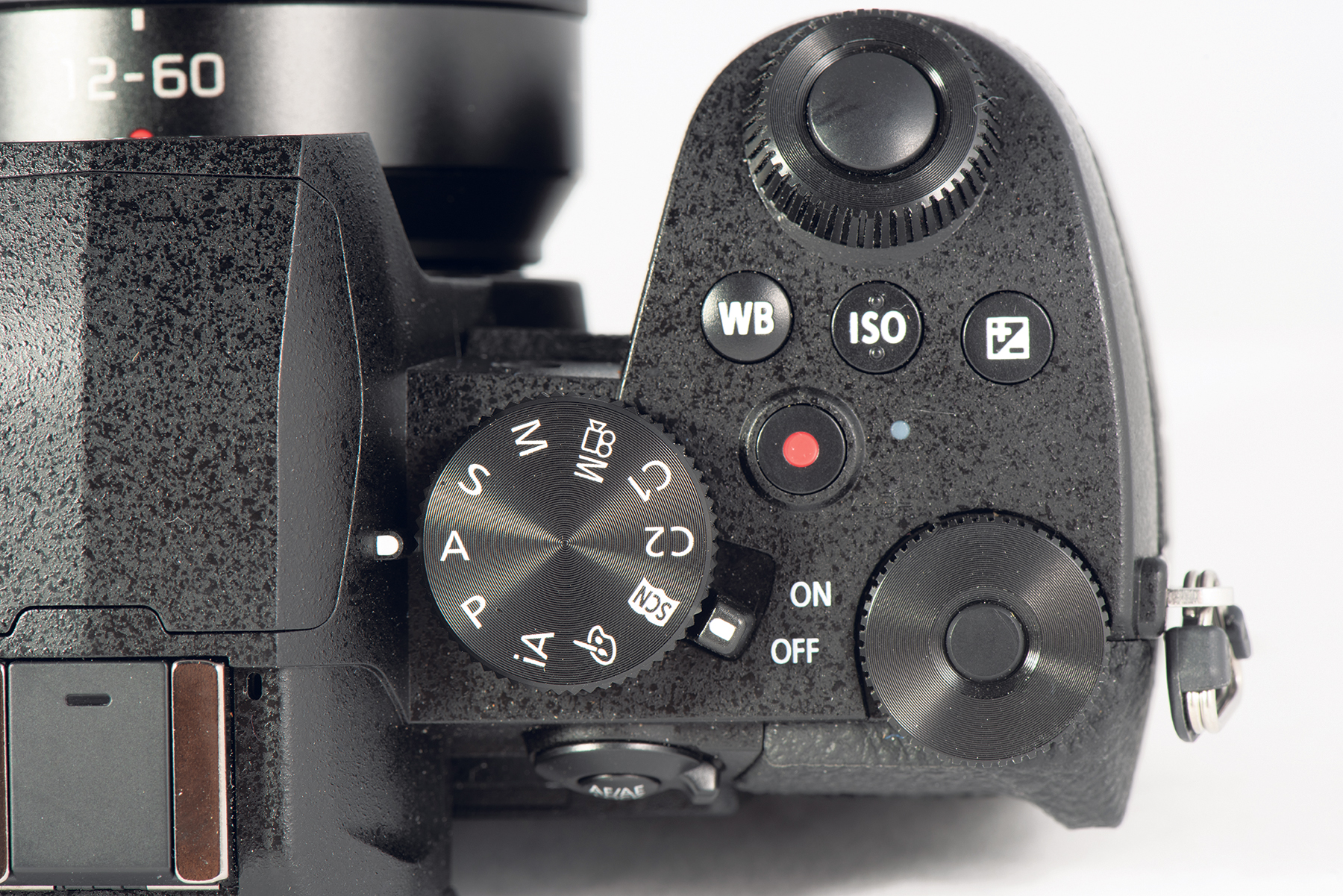
I prefer taking control of focus zones, so I used single zone or pinpoint AF for stills and multizone or zone focus for video. With no focus lever, I set Fn10 (right push of the scroll wheel) to give me Focus Area Set. One push and I could move the AF point around. Or use the touchscreen to move the AF point, while the camera is up to the eye.
The camera’s AF was quiet, swift and responsive, generally performing well when the conditions were good. However, it did seem to me less sure-footed and didn’t lock on when the contrast was low or with small subjects against a fussy backdrop, even when a single AF point was in use. A helping hand, either by switching to manual or focusing on a nearby, more defined, part of the scene and then reframing the image was needed.
Overall, the Lumix G90 was a fine camera to use, but with so many function options it took a while to set-up for my needs. However, there is lots of customisation potential for a camera at this price level and build quality is impressive, too.

Image With the Lumix G90’s good high ISO showing (ISO 1600 was used here), image stabiliser and soft shutter release, shooting handheld at slowish shutter speeds wasn’t too much of an issue
Performance: 4K focus features

Image This is the stacked image with the near and far focus points selected and the Lumix G90 does the merge in-camera. The images are full-frame, so you can see the final image is cropped
The G90’s 4K burst shooting mode lets you get creative with focusing. In Post-Focus/Focus Bracketing modes the camera shoots a burst while automatically, incrementally and seamlessly adjusting autofocus from near to far between shots.
With Post-Focus, this in-camera feature lets you decide what plane of focus you want sharp after the fact and the result can be saved as a JPEG.
In Focus Stacking, you select the nearest and furthest points of focus required and the camera merges the relevant frames to give a final sharp image. Or just let the camera merge the whole sequence for maximum depth-of-field.
Click the images to see a larger view
The four shots above illustrate how the focus bracketing works.
Lumix G90 burst mode
Click the images to see a larger view
The 4K burst mode gives you 30fps and then you can take a still 8-megapixel file from the video footage. These five shots are from a sequence – we used every fifth shot.
The resulting file is 3328×2496 pixels, so big enough for a photo quality A4 print without any software interpolation.
Taken on the Lumix G90, fitted with the 12-60mm zoom. These images are used full-frame.
Performance: ISO and digital noise
Eastbourne pier at twilight was the subject for the ISO test.
The Lumix G90, with the 12-60mm, was fixed on a Benro FIF28CIB2 tripod (also tested in this issue) and shots taken with
in-camera no noise reduction. The exposure for ISO 200 was 1/10sec at f/8.
The Raws were processed in Lightroom with default settings.
Click the images to see a larger view
Digital noise levels were impressively low right up to ISO 800 and no reason why this speed can’t be used for critical purposes. Image quality did start to fall away as noise started to take a grip from ISO 1600 onwards.
Performance: exposure latitude

To assess how the Lumix G90’s Raws stood up to exposure abuse, I shot a seven frame at 1EV steps bracket of a sunlit scene. Then using Lightroom, I corrected the abused images. The metered correct exposure was 1/500sec at f/9.
Underexposed shots recovered best, at least in terms of colour, contrast and tonality. This was at the expense of noise, which was evident at -3EV and got marginally better at -2EV. However, by -1EV the noise level was basically the same as the correctly exposed shot, so the image looked clean and correctly coloured.
With overexposure, noise is not usually the issue but high contrast and false colours can be an issue. The +3EV frame had burnt-out highlights and no amount of fiddling and editing in Lightroom could do much about it. The results from the +1EV and +2EV frames were corrected with no fuss at all and the recovered Raws looked as good as the correctly exposed frame.
Verdict
Panasonic’s Micro Four Thirds cameras are popular for a very good reason. They perform well, are rich in great features and sell at decent prices. Its Lumix G90 is typical of what I’d expect from this brand and it is a fine camera with great potential.
Pros: Versatile monitor, solid build, image quality, good handling, 4K photo settings
Cons: Battery life, 4K video crop
| Features | 23/25 | Very rich in features, but 4K video crop is a small minus |
| Handling | 23/25 | Lots of actual and virtual controls make for sound handling |
| Performance | 23/25 | Exposures very good, AF could miss on occasion |
| Value for money | 24/25 | Rates highly |
| Overall | 93/100 | With impressive stills and video skills, the G90 has a lot going for it |
For more information, please visit the Panasonic website
As featured in issue 68 of Photography News.
























